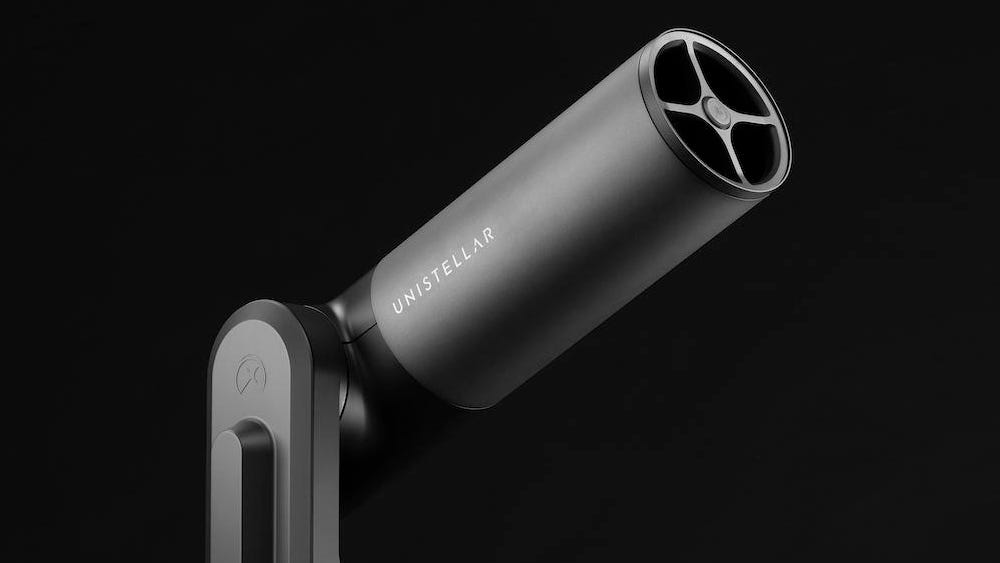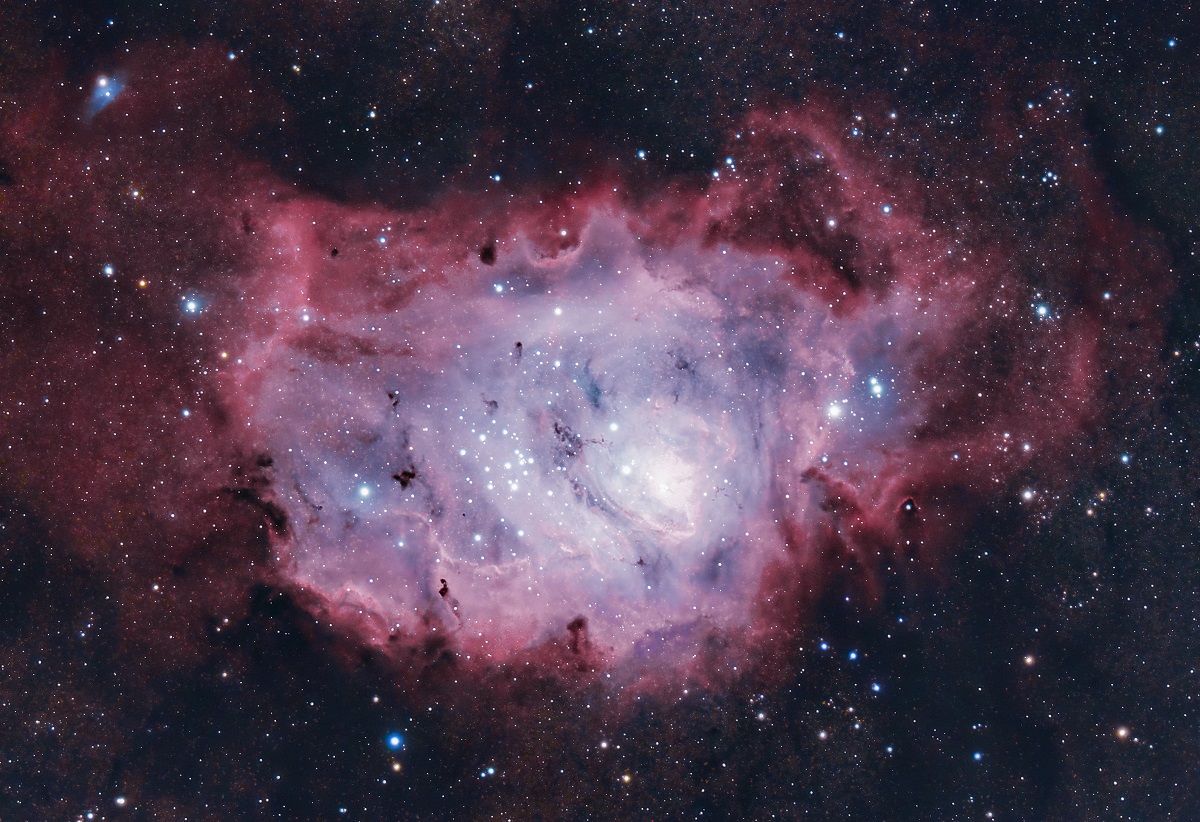[ad_1]
Unistellar has introduced the all-new eVscope eQuinox 2 CES 2023.
It’s a telescope, but not as we know it. Meet the eVscope eQuinox 2, a new so-called “smart telescope” unveiled this week at CES in Las Vegas that adds planets to the roster of what it can image in the night sky.
The annual tech show is mostly known for huge TVs, drones and electric cars, so what is a diminutive telescope doing in the halls of the Sands Hotel?
The eVscope eQuinox 2 is not like most telescopes you will have seen before, probably gathering dust in a friend’s spare bedroom. The eVscope eQuinox 2 has no eyepiece. You cannot look at the night sky through this telescope. Instead of your own eyes collecting the light from distant galaxies, nebula and star clusters those photons go directly to a Sony IMX347 sensor.
The eVscope eQuinox 2 is all about astrophotography, not stargazing—and you can sit indoors while it does its thing and just wait for its images to be delivered to your smartphone.
It’s modelled by French company Unistellar on professional telescopes that are found the world over, usually on mountain tops, which collect light using the giant mirrors before focusing those photos on an image sensor. Hey presto, you get image date of galaxies and anything else astronomers care to point these behemoths at. This is also essentially how space telescopes like Hubble and Webb work.
Unistellar has introduced the all-new eVscope eQuinox 2 CES 2023.
The follow-up to 2021’s eVscope eQuinox, this second-generation version is not like those professional telescopes, but it is way more slick. A 4.5-inch/114mm reflector telescope with a focal length of 450mm, focal ratio of f/4 and 50x magnification, the eVscope eQuinox 2 weighs 9kg, has a motorized alt-azimuth mount, an 11-hour rechargeable battery and 64GB of storage. It produces 6.2 megapixel images in JPEG or RAW formats. They’re easy to share and easy to post-process, if that’s your thing, but the whole point of the eVscope eQuinox 2 is that it’s autonomous.
You literally just put this smart telescope in your backyard—or even on your balcony in a light-polluted environment—and it gets to work plate-solving, comparing the stars it can see in the sky with a database on its on-board computer. Within a few minutes it’s ready to use.
Using an smartphone app it’s possible to choose from a list of deep sky targets you want the eVscope eQuinox 2 to observe. Each object in its database comes with baked-in settings for exposure times and ISO, so all you really have to do is wait (though you can tinker with the settings if you want).
In fact, you can actually leave the telescope outside and go sit indoors because the live image it produces is shown on the app and continually refreshed. It depends on what you are looking at, but for faint objects such as nebulae, the longer you leave the telescope staring at it, the better the finished image will be. That’s because it’s taking an image every 30 seconds or so, and stacking it on top of the last one, thus producing a cleaner and brighter image as time passes. It’s these algorithms and machine learning that are the secret sauce inside the eVscope eQuinox 2.
Unistellar has introduced the all-new eVscope eQuinox 2 CES 2023.
I’ve used the original eVscope eQuinox extensively—adoring it mostly for its skill at completely bypassing light pollution—and this new version looks interesting. At $2,499 it’s the company’s most affordable model yet. It now has a new sensor and a slightly wider field of view (34×47 arc minutes). The latter means it can fit larger objects into its field of view, chiefly the Andromeda galaxy and the Moon (though until a firmware update arrives it won’t be primed to take images of our only natural satellite).
However, what’s really interesting about the eVscope eQuinox 2 is a much-anticipated new ability to study and image planets. In stark contrast to the long exposure images it uses to find objects, the incredibly bright orbs of Jupiter, Mars and Saturn are snapped using something called “lucky imaging”. Another technique used by huge ground-based telescopes, this is when astrophotographers continually snap away at an object in the night sky hoping that Earth’s turbulent atmosphere will, just for a split second, settle enough for them for the image to be perfectly exposed, sharp and without any distortion.
“The eQuinox 2 smart telescope puts incredible power in the hands of the general public and inspires a new generation of urban stargazers who can now enjoy an amazing voyage to the universe from their balcony and within minutes. Thanks to its unique technologies and its smart design choices, we are putting space within reach from anywhere, even from light-polluted cities,” said Laurent Marfisi, co-founder and CEO of Unistellar. “Now, novice stargazers and amateur astronomers can enjoy stunning clarity, color, and hard to see details like the striking colors of the Dumbbell Nebula.”
The Unistellar eVscope eQuinox 2 can be pre-ordered now, with shipping expected from mid-February 2023.
Wishing you clear skies and wide eyes
[ad_2]


